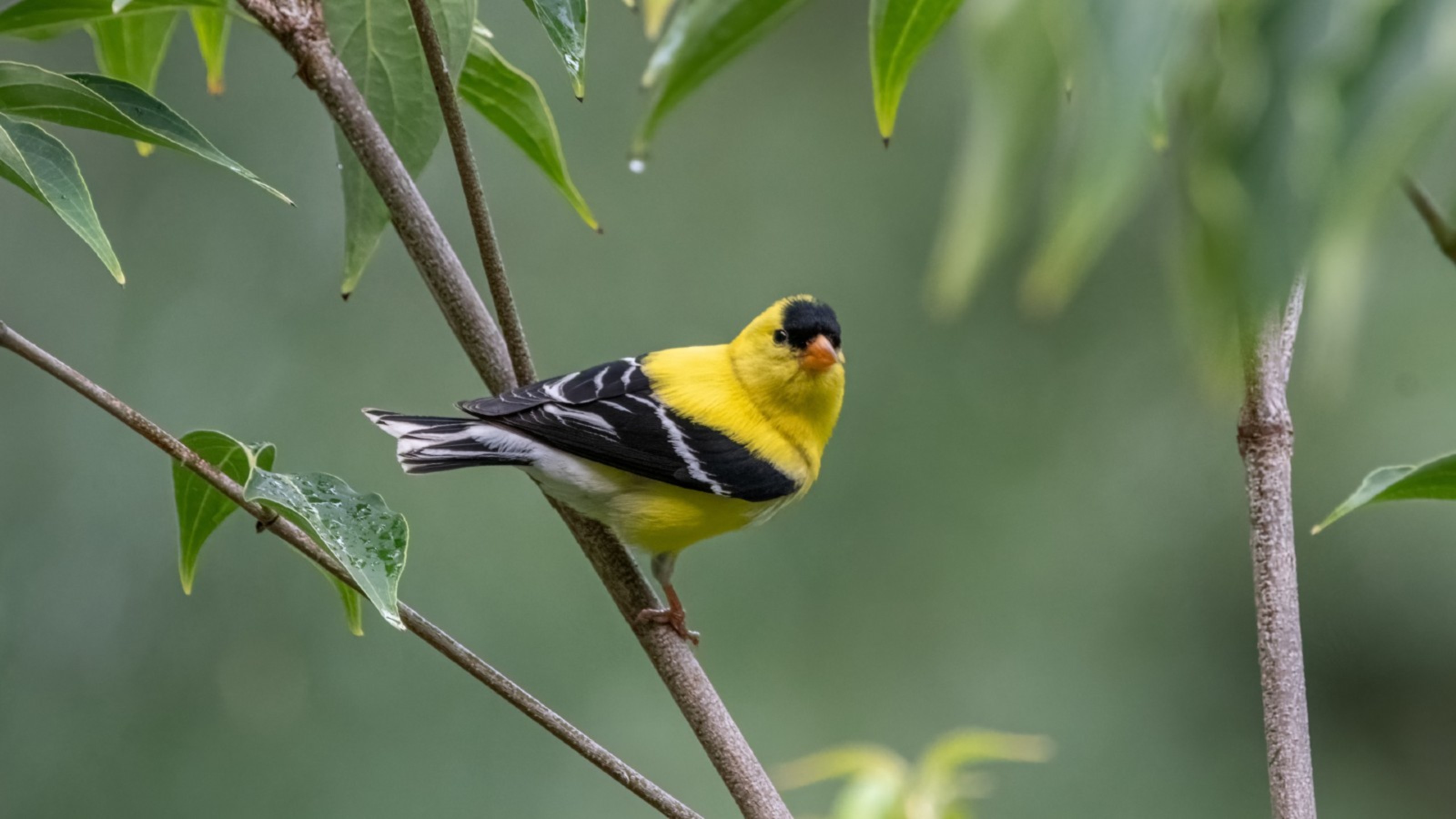The Best Way for Kids to Learn Science Might be This Crowdfunding Site

How many potential scientists – and scientific discoveries – are we losing by teaching science in boring ways? If crowdfunding site Experiment is anything to go by, it might be a whole generation.
“You can fund a dinosaur fossil excavation, a (sic) historical study of medieval monasteries, or an experiment on the International Space Station. If it helps unlock new knowledge, then we can fund it,” says the site. Anyone can begin a project. The only caveat is that they have to openly and consistently share their progress, data, and results with backers for the duration of the project — warts, setbacks and all.
Since Experiment is a science-focused fundraising site, 90% of the projects come from scientists. Given that up to 85% of research funding goes to overhead, that’s no surprise. The actual surprise is where the other 10% comes from: students. They aren’t trained scientists, just passionate. Like the high-school girls who sent an hydroponic plant to the International Space Station. Or the students making affordable insulin. Or the student determined to purify air with potted plants. All of them just wanted to make the world better with science. None of them considered themselves scientists. Yet, all of their projects resonated with the public. And were fully funded.
Biohackers at Counter Culture Labs – some of whom are making open-source insulin. Credit: Counter Culture Labs
Experiment co-founder Cindy Wu helped fund the potted plant project. Not because she liked the project, but because she liked the student. “Unlike most crowdfunding platforms, I choose projects based on the person, not the project,” she says. “If they’re smart and focused, they’ll figure it out.” That’s almost exactly the opposite of how other crowdfunding sites, like Kickstarter, operate. And giving non-scientists those opportunities to figure out how to fulfill their project is key to Experiment’s ultimate goal. It wants to make science accessible to everyone – and make everyone a scientist. All of those students cited above made science happen. They became scientists by doing science experiments.
Part of the reason they were able to make science happen is because Experiment works closely with project creators. Potential experiments are reviewed and scientifically vetted by Experiment before going live, and the platform works with them through every step of the fundraising process. But, as Cindy told me, ingenuity and out-of-the-box thinking go a long way toward completing a successful project. Not scientific know-how:
My approach to choosing research projects isn’t anything novel. It is very similar to the approach that early stage investors take when investing in companies. If you ask any successful early stage investor why they invest in a company it is 99% of the time because they believe in the founders. I believe science should take a similar approach. It used to when funding agencies were first started.
That startup approach to funding scientific projects is how non-scientists are able to make science happen. It’s also becoming an increasingly common approach with science crowdfunding sites. There are a slew of them, including Experiment: USEED focuses on research conducted at universities and colleges; Consano focuses on medical research; FiatPhysica focuses on physics and astronomy research. Even Kickstarter is funding science projects now. They did a joint talk at CERN with Experiment about how crowdfunding science projects is quickly becoming the future of science fundraising.
All this reinforces the idea that anyone can be a scientist. The only barrier to being a scientist is doing science. It doesn’t have to be a complex project; it can be something as simple as discovering the perfect chocolate chip cookie recipe through scientific testing. Platforms like Experiment give science enthusiasts an opportunity to do just that. It’s an emerging discipline known as citizen science, and it’s a great way for non-scientists to engage with science. Best of all, that engagement is completely different from how it’s taught to them — which is the way science should be done. Check it out, and make science happen for yourself.
If you need extra convincing, here’s USA Networks founder Kay Koplovitz espousing the benefits of crowdfunding:
Feature Image – Maryann Bulawa, Adia Bulawa and Lillith Bulawa with the hydroponic plant they sent to the ISS. Credit: RocketSTEM





